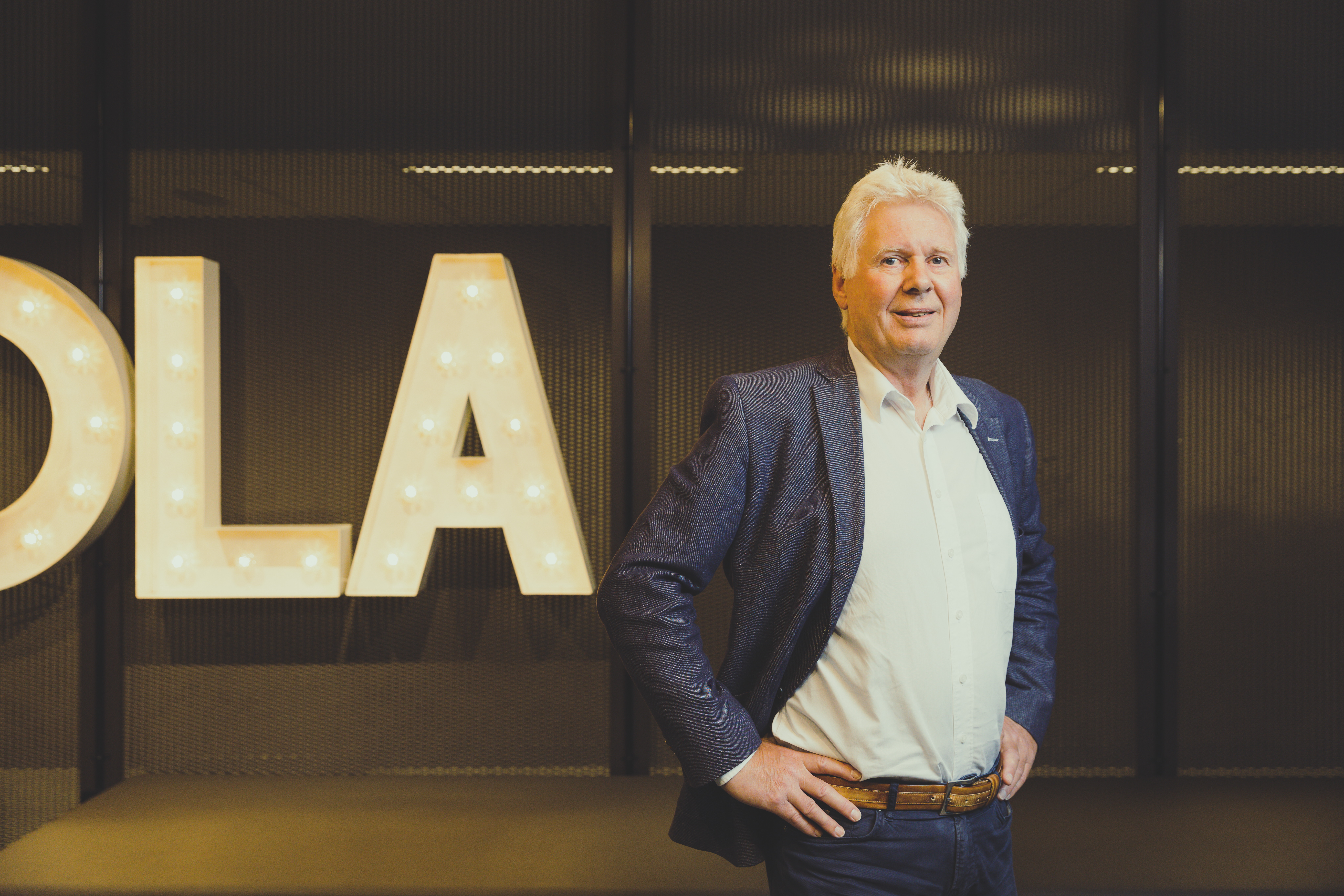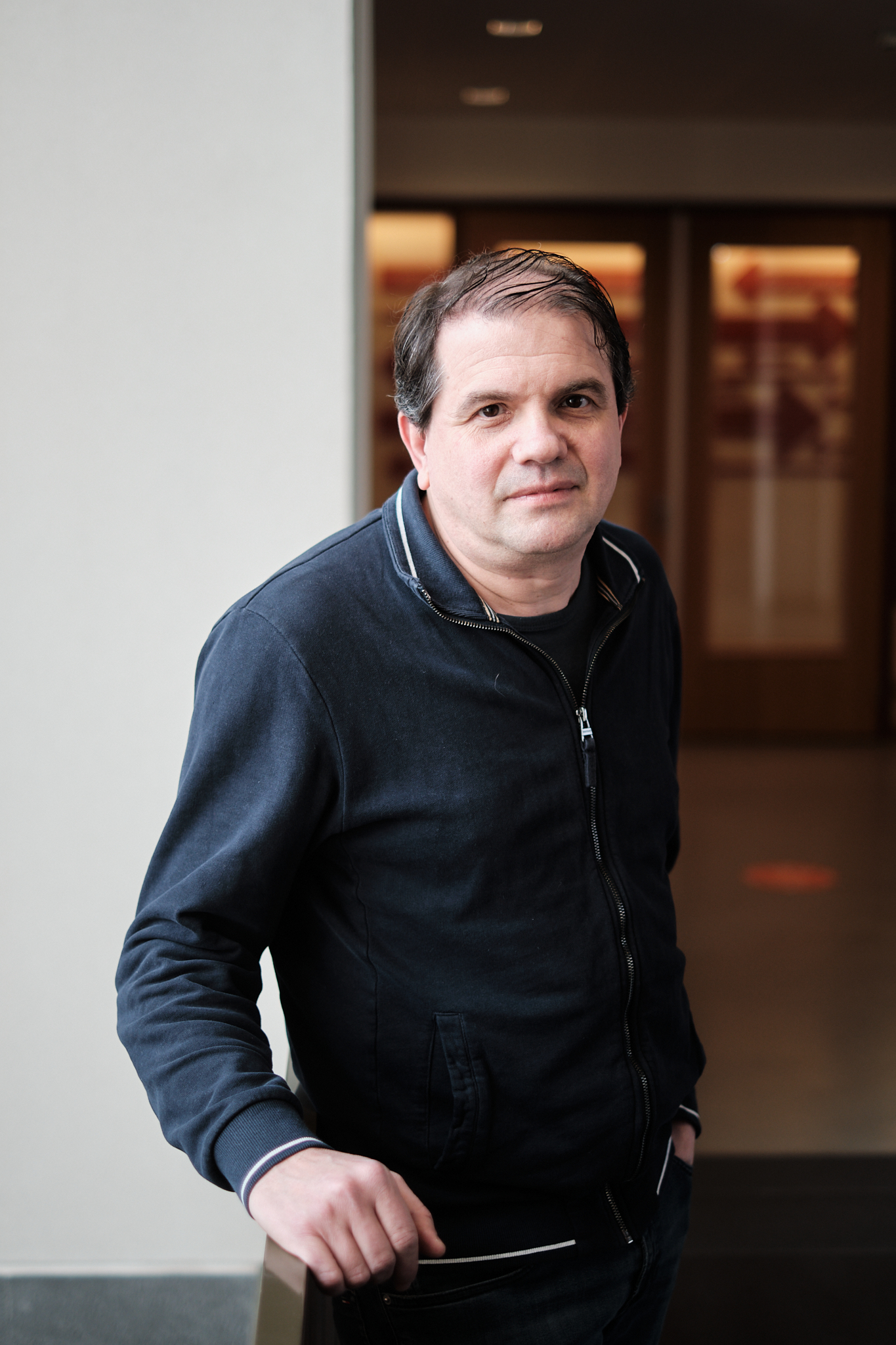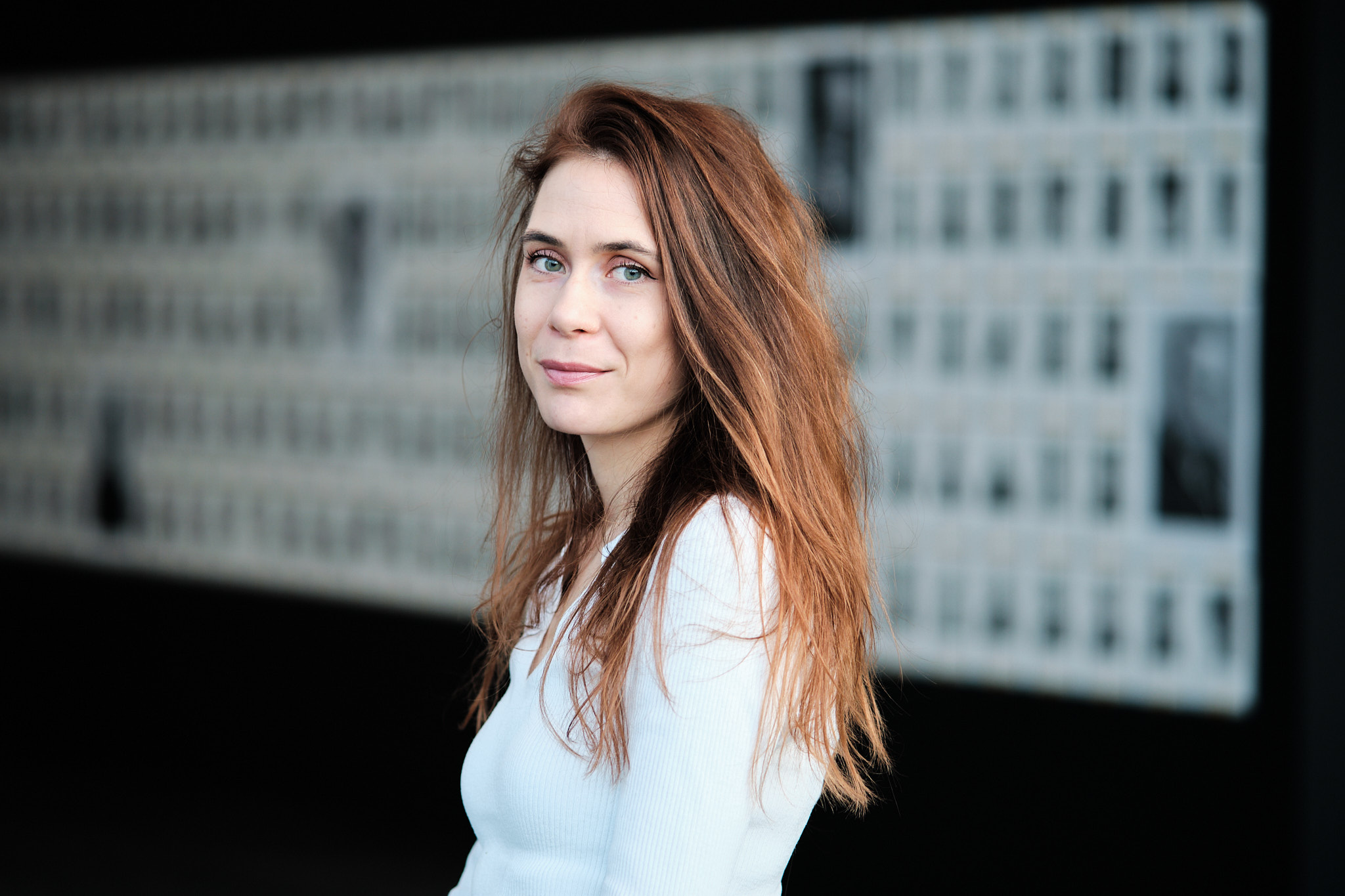How do we imagine? ERC Advanced Grant for Prof. dr. Rainer Goebel (FPN)
Prof. dr. Rainer Goebel (Faculty of Psychology and Neuroscience) has been awarded an ERC Advanced Grant of €2,5M for his research project Reading the Mind’s Eye: AI inspired personalised brain models of mental imagery. Goebel is among 255 researchers (out of 1829 applications in all domains) in Europe to receive the grant, and he is one of the few researchers who received this grant twice.
The Mind’s Eye
Goebel’s research will focus on understanding the mind’s eye, our ability to visualise imaginary or recollected scenes. How do we create mental images? And why are some people better at it than others? Despite extensive research, the understanding of an overarching mechanism explaining mental imagery is still missing.
Goebel is interested in seeing how different brain regions are involved in mental imagery and he proposes a novel perspective: viewing mental imagery as a personalised computational process that takes into account individual brain characteristics.

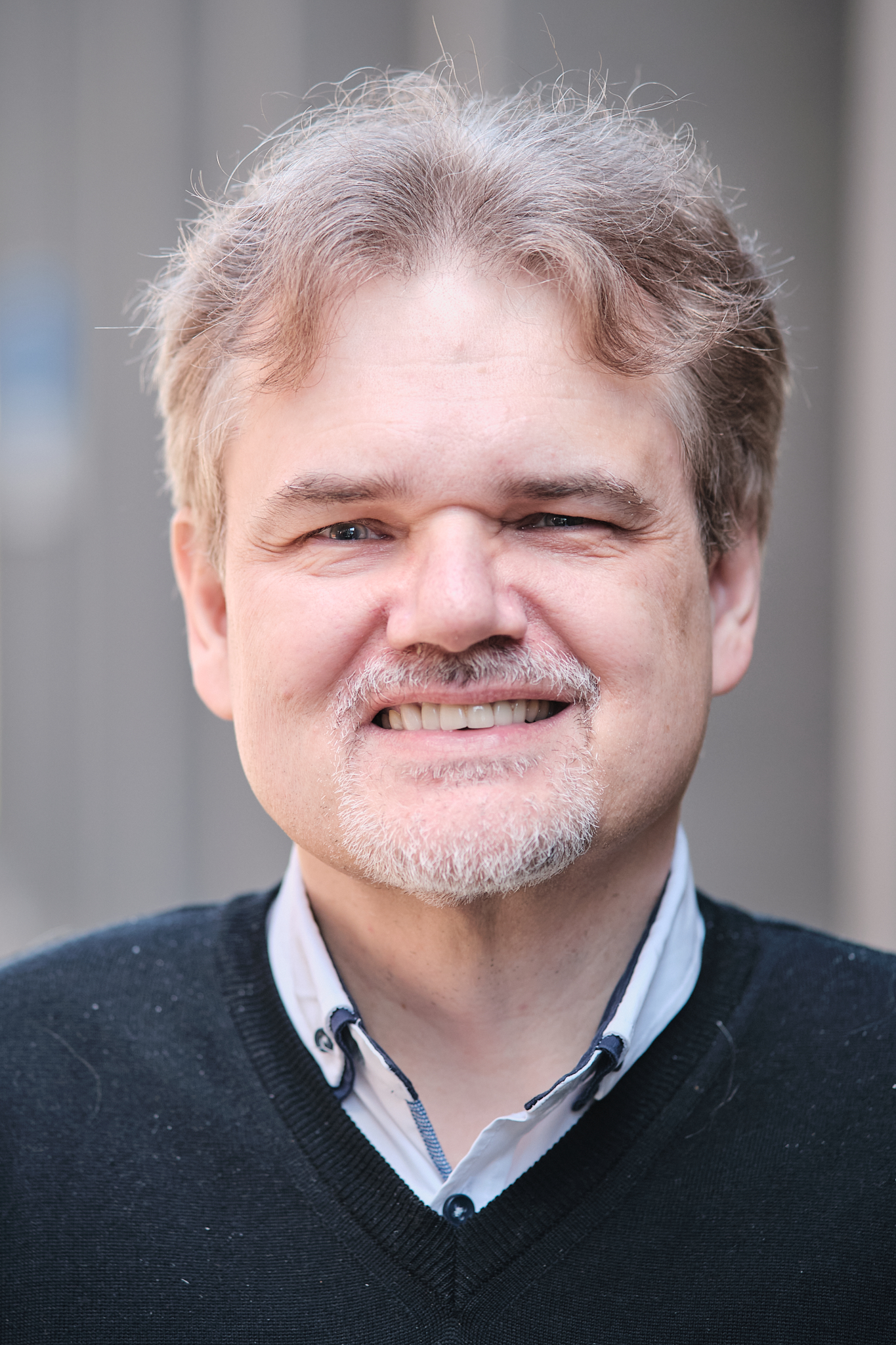
The European Research Council (ERC) funds creative researchers across Europe. Their Advanced Grants are among the EU’s most prestigious and competitive funding schemes, allowing researchers to pursue ambitious projects that could lead to major scientific breakthroughs.
Text to image
Text or thought to image: think of a pink elephant on a bike. Goebel will research how our brain does this conversion in feedback pathways, using methods such as high-resolution fMRI (functional magnetic resonance imaging) and TMS (transcranial magnetic stimulation). TMS will temporarily disable individual brain areas involved in mental imagery, to discover their causal involvement. During this process he also wants to figure out how feedback cortical layers of the brain communicate with feedforward layers in this process and what parts of mental imagery is conscious versus unconscious.
Artificial Intelligence
In the world of Artificial Intelligence, text-to-image software has created a virtual example of the Mind’s Eye. Deep learning models such as Midjourney and Dall-E already convert text into images. Currently however, it is not understood how this conversion actually happens. When Goebel better understands the mechanisms that the brain uses, he can then compare this to current AI text-to-image models and build a new, more transparent version, of which we do understand the inner workings.
Training the brain
“When we understand the mechanism, we can also train the brain to be better at imagining!” Goebel wants to implement his findings to enhance people’s capability of imagining. A lot of therapeutic interventions use mental imagery to process emotions and even traumas. “For patients that have trouble imagining, these trainings could prove to be of great benefit”.
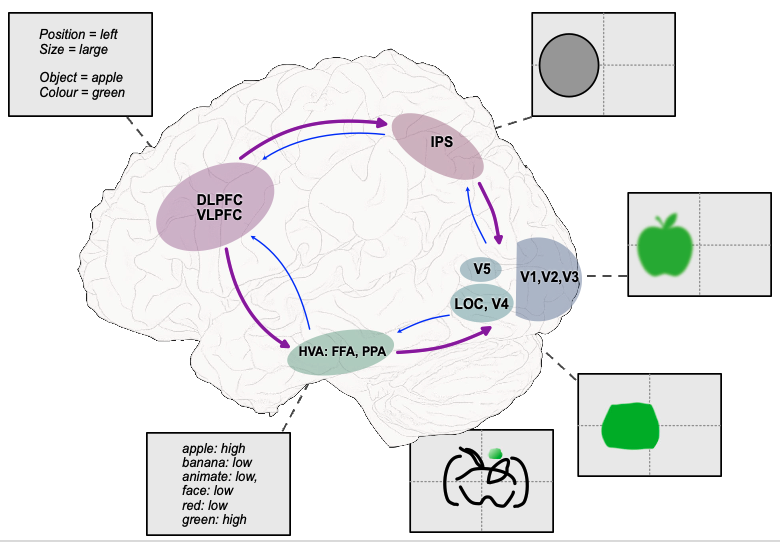
First steps
Now that the grant has been awarded, Goebel can take the first steps to assembling his team and get to work. Over the next 5 years this project will start unraveling the secrets behind the Mind’s Eye.
Text and photography: Thom Frijns
Also read
-
Professor Fred Zijlstra is set to retire in May. How does he look back on his career? What is his take on current developments in the field of work and organisational psychology? And how can we, as a society, best organise work—now and in the future?
-
Elia Formisano, professor of Neural Signal Analysis at the Faculty of Psychology and Neuroscience recently published a paper in Nature Neuroscience in collaboration with Bruno Giordano at Université Aix-Marseille, France and Michele Esposito, Giancarlo Valente. The title of the paper is Intermediate...
-
Dr. Brenda Erens recently obtained her PhD at the Faculty of Psychology and Neuroscience. We talked about her work and upcoming challenges.
